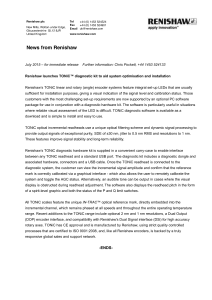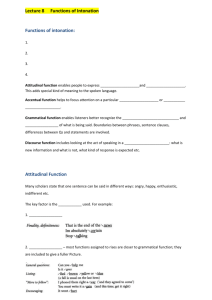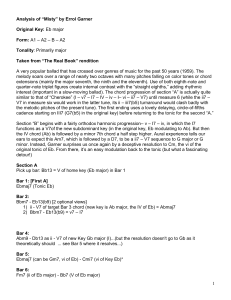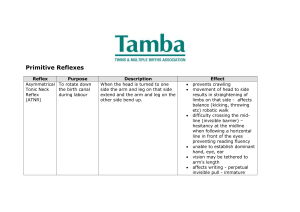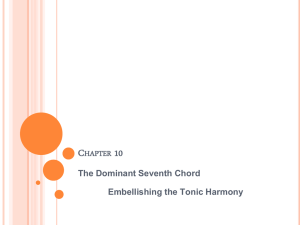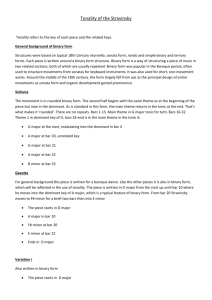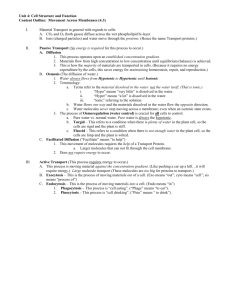BLOOD TONIC SOUP
advertisement
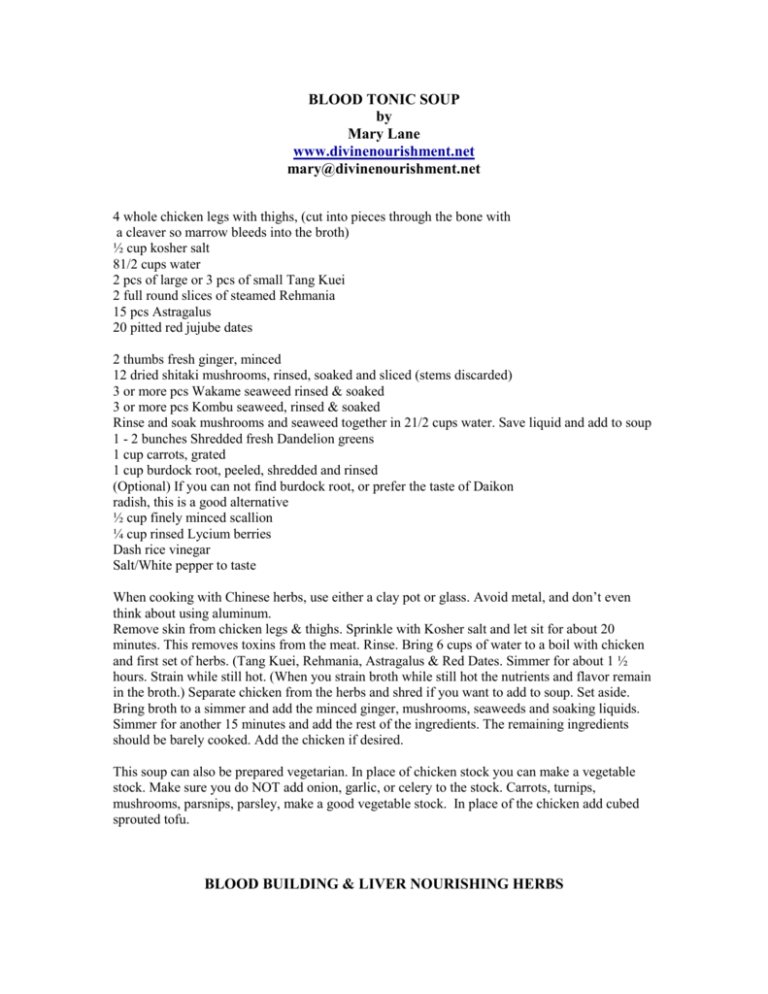
BLOOD TONIC SOUP by Mary Lane www.divinenourishment.net mary@divinenourishment.net 4 whole chicken legs with thighs, (cut into pieces through the bone with a cleaver so marrow bleeds into the broth) ½ cup kosher salt 81/2 cups water 2 pcs of large or 3 pcs of small Tang Kuei 2 full round slices of steamed Rehmania 15 pcs Astragalus 20 pitted red jujube dates 2 thumbs fresh ginger, minced 12 dried shitaki mushrooms, rinsed, soaked and sliced (stems discarded) 3 or more pcs Wakame seaweed rinsed & soaked 3 or more pcs Kombu seaweed, rinsed & soaked Rinse and soak mushrooms and seaweed together in 21/2 cups water. Save liquid and add to soup 1 - 2 bunches Shredded fresh Dandelion greens 1 cup carrots, grated 1 cup burdock root, peeled, shredded and rinsed (Optional) If you can not find burdock root, or prefer the taste of Daikon radish, this is a good alternative ½ cup finely minced scallion ¼ cup rinsed Lycium berries Dash rice vinegar Salt/White pepper to taste When cooking with Chinese herbs, use either a clay pot or glass. Avoid metal, and don’t even think about using aluminum. Remove skin from chicken legs & thighs. Sprinkle with Kosher salt and let sit for about 20 minutes. This removes toxins from the meat. Rinse. Bring 6 cups of water to a boil with chicken and first set of herbs. (Tang Kuei, Rehmania, Astragalus & Red Dates. Simmer for about 1 ½ hours. Strain while still hot. (When you strain broth while still hot the nutrients and flavor remain in the broth.) Separate chicken from the herbs and shred if you want to add to soup. Set aside. Bring broth to a simmer and add the minced ginger, mushrooms, seaweeds and soaking liquids. Simmer for another 15 minutes and add the rest of the ingredients. The remaining ingredients should be barely cooked. Add the chicken if desired. This soup can also be prepared vegetarian. In place of chicken stock you can make a vegetable stock. Make sure you do NOT add onion, garlic, or celery to the stock. Carrots, turnips, mushrooms, parsnips, parsley, make a good vegetable stock. In place of the chicken add cubed sprouted tofu. BLOOD BUILDING & LIVER NOURISHING HERBS Tang Kuei Atmospheric energy: warm energy Flavor: sweet-pungent Meridians: Heart, Liver, Spleen, & Kidney Tonic action: blood tonic Tang Kuei is very important in Chinese herbalism. It is the most highly praised blood tonic used in the east. Tang Kuei is used by women to regulate the menstrual function and as a sedative. Though this root is extremely popular with women, men too can use Tang Kuei to build blood with no problems. It is said to clean the blood, and to act as a hematonic. One precautionary measure however is this herb should never be used while a woman is bleeding in her cycle. Use before and especially after this time of her cycle. Steamed Rehmania Atmospheric energy: warm energy Flavor: bitter-sweet Meridians: Heart, Kidney & Liver Steamed Rehmania is said to supplement the blood and nourish the Yin. It tones up the marrow, supplies the necessary food to the kidneys. It helps to circulate the blood in the legs and is used after childbirth as a tonic which strengthens the female reproductive organs and relieves abdominal pain. Astragalus Atmospheric energy: warm energy Flavor: sweet Meridians: Spleen, Lung, & Triple Warmer Tonic action: energy tonic Astragalus is one of the most popular tonic herbs in the Orient. It is a tonic to the essential energy and is a favorite of young adults as an energizer. Astragalus is also a blood tonic (chi leads blood). Used with Tang Kuei, it is said to be of great value in improving blood circulation. Lycium Berries Atmospheric energy: mild energy Flavor: sweet Meridians: Liver, Kidney, and Lung Tonic action: blood tonic Lycii berries are well known as a Liver tonic and also as an excellent blood tonic. Prolonged consumption of Lycii is said to promote cheerfulness. Consumption of Lycii is said to increase vitality and brighten the eyes, especially improving night vision. Lycii is mildly sedative and calms the heart and nervous system. Red Jujube Dates Atmospheric energy: neutral (mild) energy Flavor: sweet Meridians: mainly Stomach, but also to all twelve meridians Tonic action: Yin tonic and energy tonic This herb plays an important role in Chinese herbalism. It is often used as a “dispersive” agent or Yin counterpart to Yang tonic herbs such as ginseng or Tang Kuei. Since red dates remove obstructions to Chi flow, they are very useful when using Yang herbs, whose energy should not be allowed to dam up. Burdock Root Burdock Root is primarily a blood purifier and diuretic. The root is used by peeling, soaking and sautéing of steaming, or as we have done, added to soups. The fresh young spring leaves can become a raw salad green or steamed or sautéed like spinach. The young stalks can be picked, peeled, and chopped and used raw or like asparagus, steamed for about 10 minutes. Dandelion Greens Dandelion greens and roots are regarded as one of the best herbs for building blood and curing anemia. It is said to act as a diuretic. It is also prescribed as a mild laxative, as a an aid to digestion, and as an appetite stimulant. The greens can tb eaten raw as a salad, steamed like spinach, or added to soups. Daikon Radish This is good for detoxifying and cooling the liver, especially after overconsumption of meat. Seaweed Among numerous benefits of seaweed it alkalizes blood, and alleviates liver congestion. Shitake Mushrrom Immune enhancer, decreases fat and cholesterol in the blood, and helps discharge the excess residues of accumulated animal protein.

